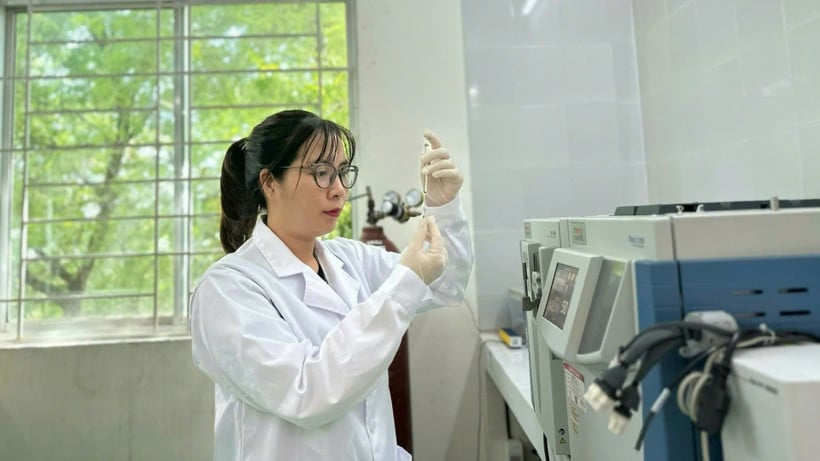
However, in practice, this connection still faces many difficulties in terms of mechanism, trust and organization that need to be resolved promptly.
Problems
Thai Minh Pharmaceutical Joint Stock Company is an example of a business that is closely linked to domestic research results. In recent times, many of the company's products have originated from topics and inventions of the Vietnam Academy of Science and Technology and have affirmed their position in the market. However, according to Mr. Nguyen Quang Thai, Chairman of Thai Minh Pharmaceutical Joint Stock Company, bringing research products to market has never been simple due to an incomplete connection structure. Specifically, the gap in expectations between scientists and businesses is too large. Many scientists believe that their work has special value, so they set high prices. Meanwhile, businesses, from an investment perspective, carefully consider costs, profits and market suitability. Another obstacle is the lack of common trust. After the transfer, scientists worry that businesses will not implement their commitments, products will not be sold in the right quantity, so it will affect profits. Businesses are afraid that the work lacks applicability and is at high risk...
Associate Professor, Dr. Le Thi Nhi Cong, Institute of Biology, Vietnam Academy of Science and Technology, said that there is no shortage of good scientists. But there is still a big gap between “professional skills” and “technology commercialization”. Because not all scientists are willing to leave their comfort zone to face the market. While businesses need clear, specific products that are ready for commercialization, scientists are concerned with intellectual property, legal risks and transfer processes.
Ms. Nguyen Dang Tuan Minh, KisStartup Joint Stock Company, said that many scientists and research institutes still focus on academic research, lacking attention to the specific needs of businesses, especially small and micro businesses. Some technologies developed have high technical content but are not suitable for practice because businesses do not have enough resources to access or apply. The reason is the lack of intermediary organizations with enough capacity to grasp the needs of businesses, turning them into research problems and vice versa, making it difficult for both sides to find common ground. Small and micro businesses do not have enough financial capacity to invest in research, or deploy new technologies, although they really need and want to innovate, but do not know where to start, which technology is suitable.
On the school side, according to Associate Professor, Dr. To Mai Huong, Deputy Head of the Department of Innovation Research and External Relations, Hanoi University of Science and Technology, although many businesses have actively sponsored research topics and cooperated with students, the process of implementing cooperation projects still faces many obstacles, mainly due to differences in expectations and progress. Businesses often require output products in a short time (only a few months), while the university side is limited by the volume of teaching work and academic research progress.
Solution
To untie the knot in the relationship between institutes, schools and businesses, many experts believe that it is necessary to change the approach from specific, practical solutions that can be implemented immediately. One of the notable proposals, according to Ms. Nguyen Dang Tuan Minh, is to promote the formation and development of intermediary organizations with the role of "technology connection services", not only brokers, but also supports "technology translation", grasping the desired problems of businesses to bring scientists to solve problems, connect technology testing, and evaluate inventions. Ms. Nguyen Dang Tuan Minh emphasized the "research and development rental" model, in which businesses do not need to invest in laboratory infrastructure but only need to provide problems. The rest is connected and organized by intermediary organizations, in a flexible, cost-saving form. From the perspective of businesses, Mr. Nguyen Quang Thai said that the most effective solution is to implement a joint research lab model between schools and businesses. Enterprises sign a cooperation agreement with the school to establish a joint research laboratory, which will accelerate the research process with the participation of personnel from both sides and effectively exploit existing resources. The school owns a modern machinery system and a team of specialized scientists in each field, while the enterprise will take on the role of orientation, connecting with market demand and implementing practical applications. Within the framework of cooperation, the enterprise will commit to investing funds, chemicals and necessary equipment to implement research. This cooperation model allows the two sides to connect closely, the enterprise proactively proposes practical problems, scientists participate in solving them, thereby significantly shortening the process of applying results. The use of shared resources also helps reduce transfer barriers, while ensuring benefits, the enterprise has quick application results, scientists are recognized through publication or intellectual property rights.
Associate Professor, Dr. To Mai Huong said that the school will proactively build a network of connections with businesses and investors in developing training programs, co-teaching and co-guiding students and postgraduates through practical topics ordered by businesses, in order to closely link training and research activities with the actual needs of the market.
From a policy perspective, Mr. Chu Thuc Dat, Deputy Director of the Department of Innovation, Ministry of Science and Technology, affirmed that the close connection between the three entities of institutes-schools-enterprises must become a mandatory part of the national innovation ecosystem with a comprehensive, interconnected and synchronous policy system, instead of continuing individual efforts, lacking connections between each entity.
Source: https://nhandan.vn/go-nut-that-ket-noi-vien-truong-doanh-nghiep-post922357.html




















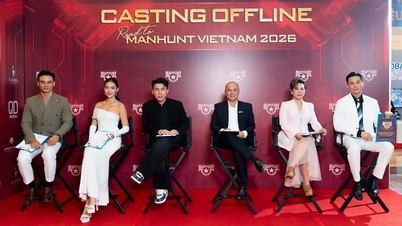
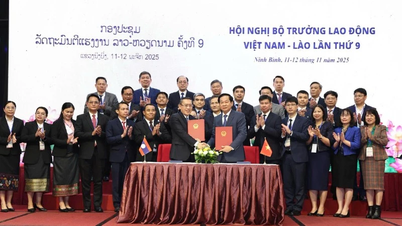
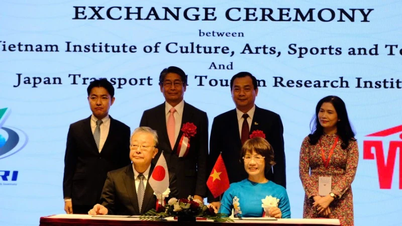
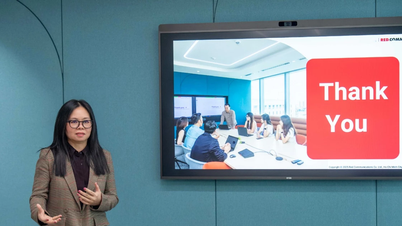

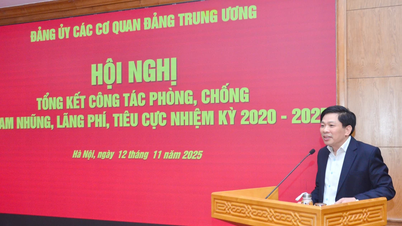





























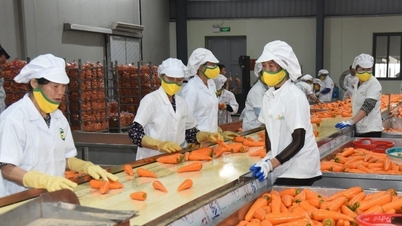










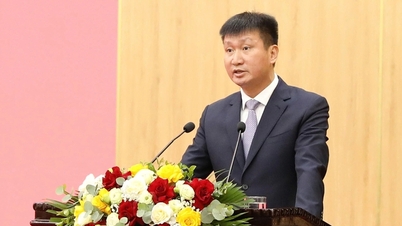



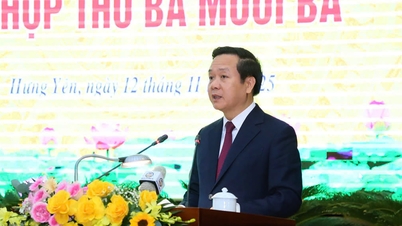










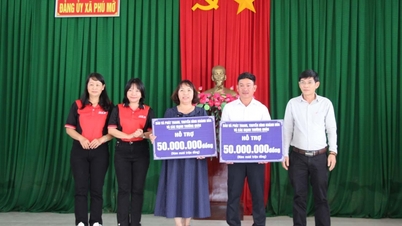





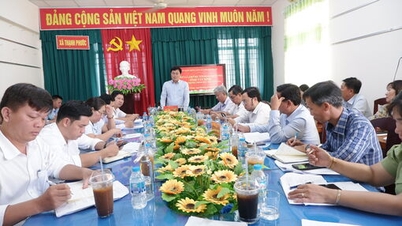






![Dong Nai OCOP transition: [Article 3] Linking tourism with OCOP product consumption](https://vphoto.vietnam.vn/thumb/402x226/vietnam/resource/IMAGE/2025/11/10/1762739199309_1324-2740-7_n-162543_981.jpeg)








Comment (0)